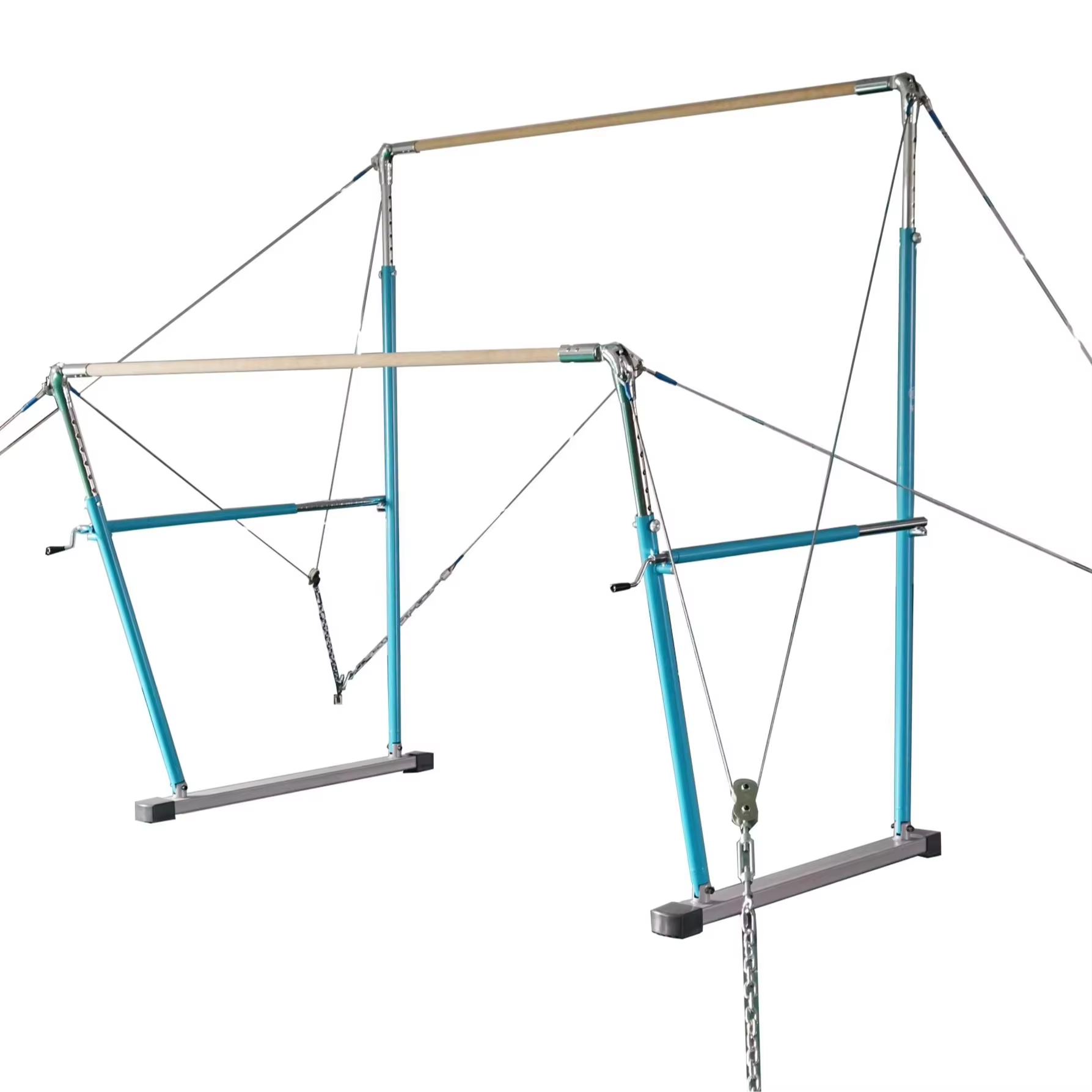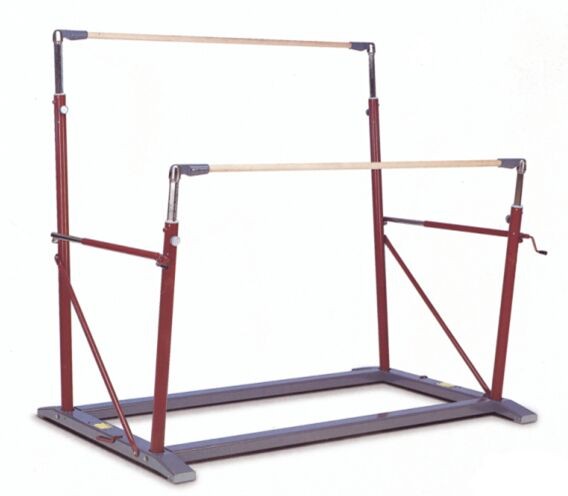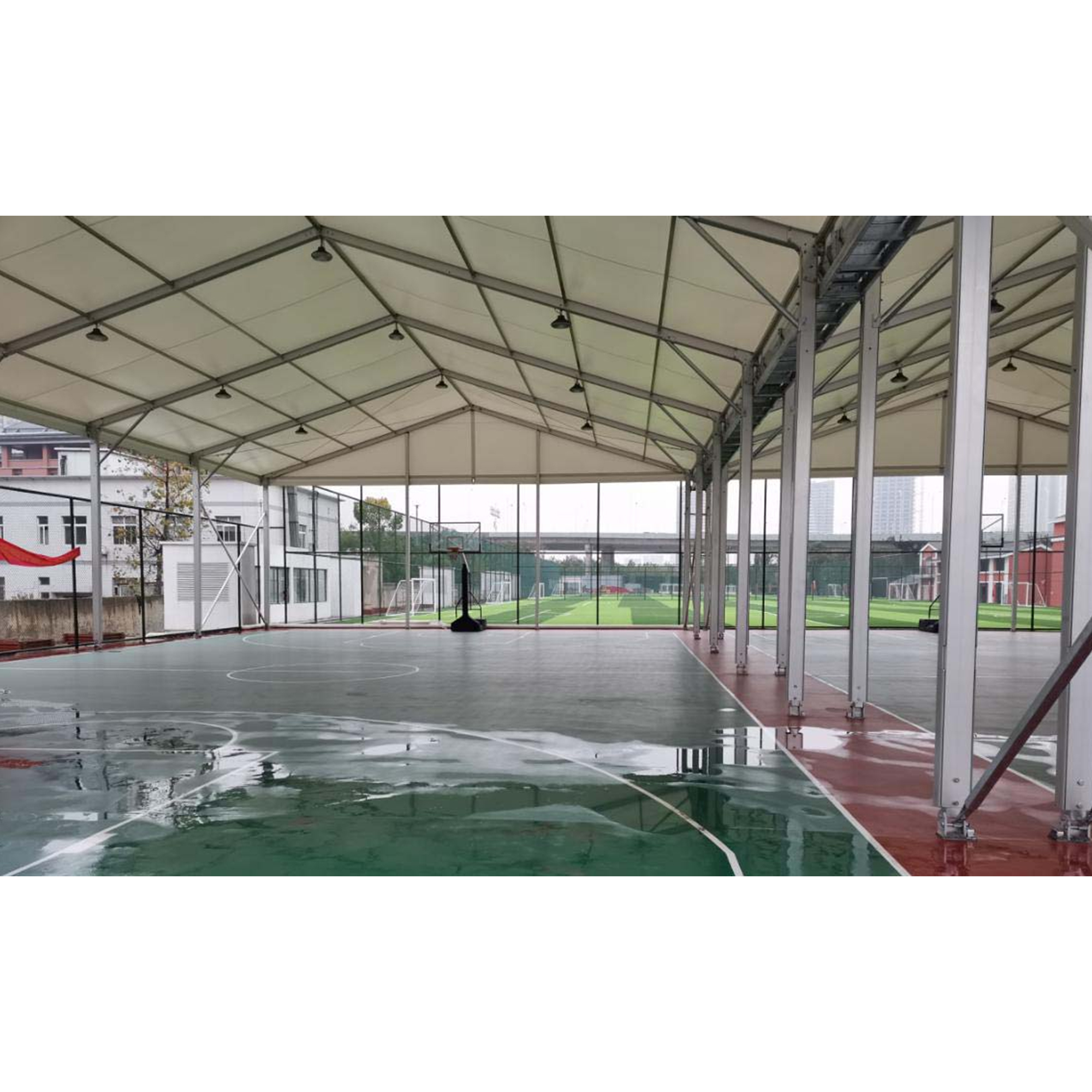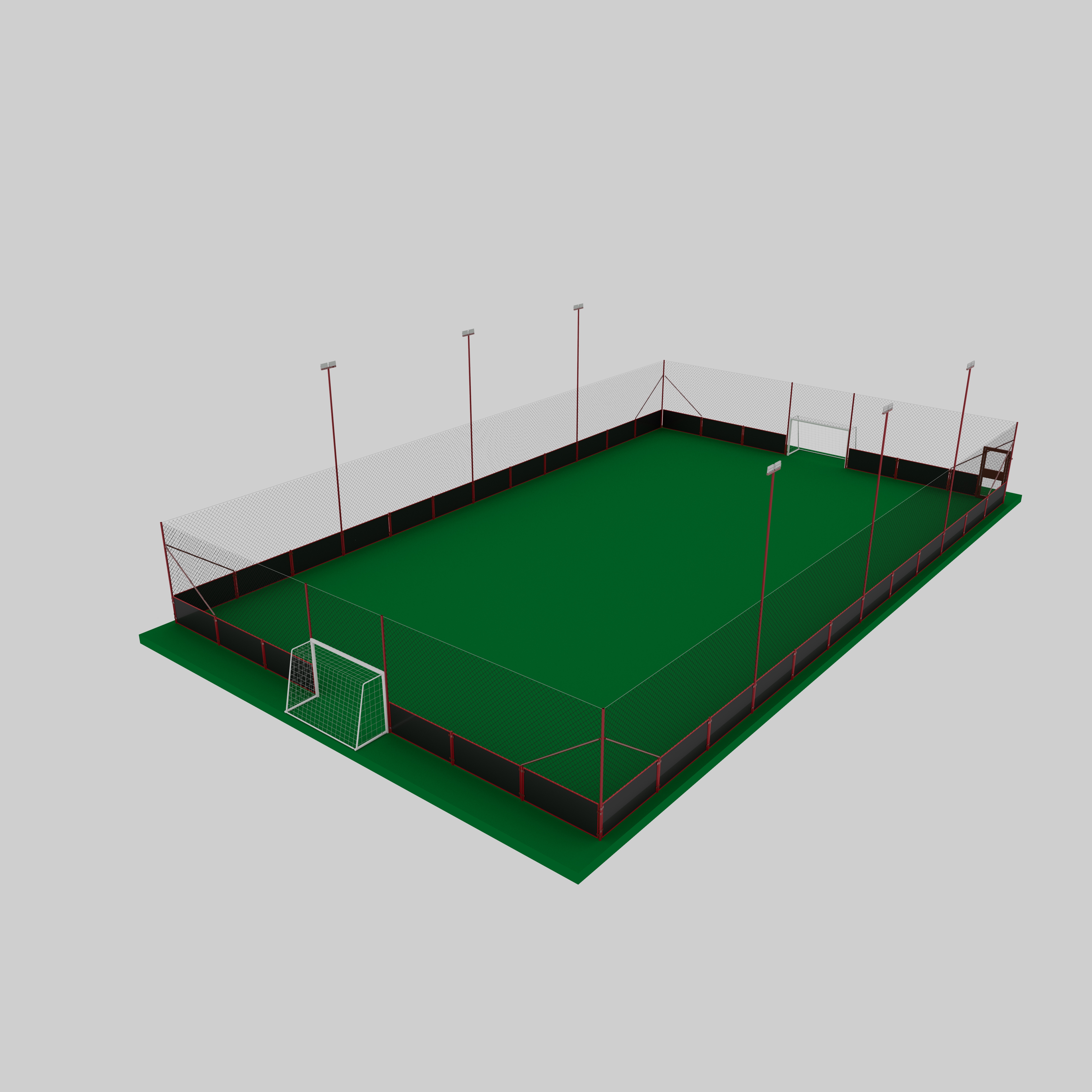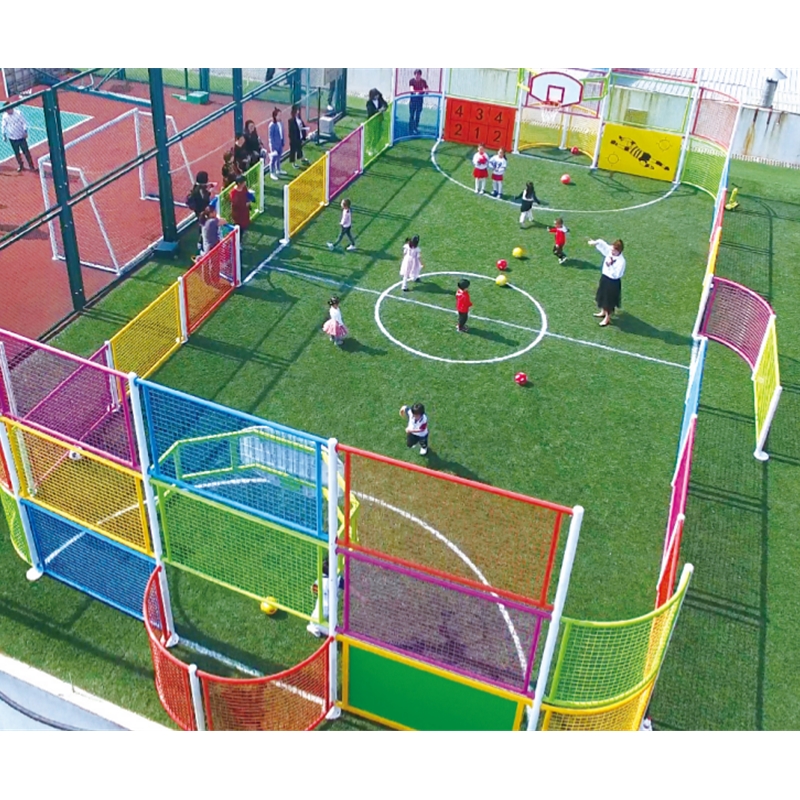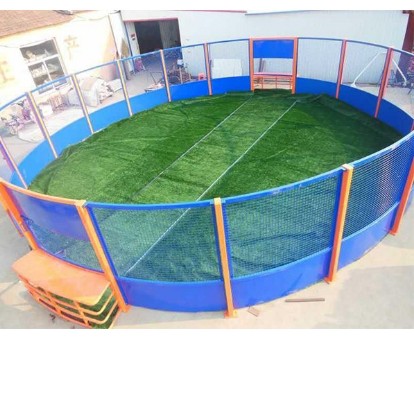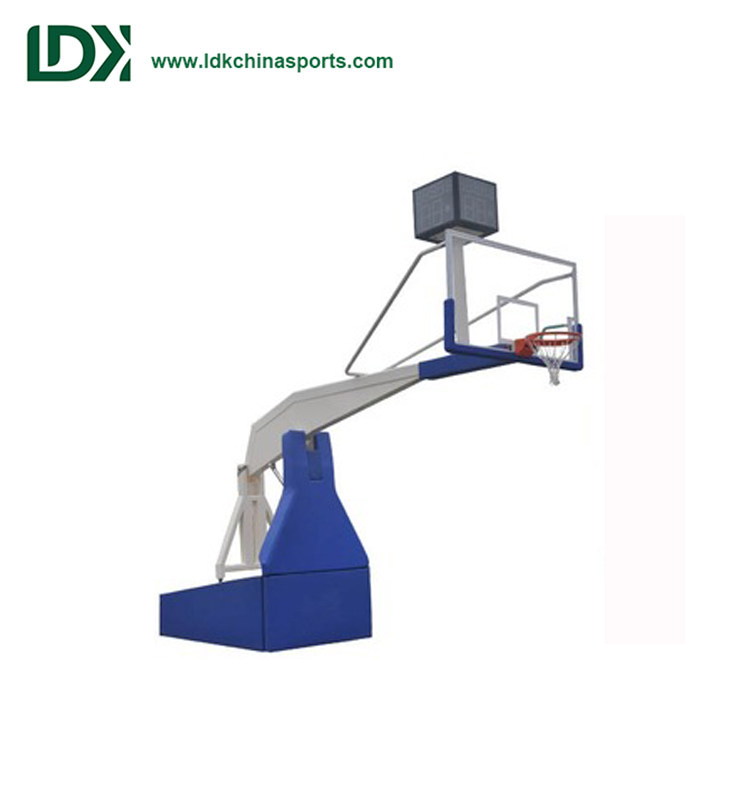Do the uneven bars get adjusted for each gymnast? Uneven bars allow the distance between them to be adjusted based on the gymnast’s size.
I. Definition and Composition of Gymnastics Uneven Bars
Definition: Uneven bars gymnastics is an important event in women’s artistic gymnastics, consisting of one high bar and one low bar. The distance between the bars can be adjusted to accommodate the needs of different athletes and competition rules.
Composition: The apparatus comprises two horizontal bars. The low bar ranges from 130 to 160 centimeters in height, while the high bar ranges from 190 to 240 centimeters. The bars have an oval cross-section, with a long diameter of 5 centimeters and a short diameter of 4 centimeters. They are made of fiberglass with a wooden surface, providing both elasticity and durability.
II. Origin and Development of Uneven Bars Gymnastics
Origin: Uneven bars gymnastics originated in the late 19th century. Initially, both men and women used the same parallel bars. To better suit female athletes’ physical characteristics and reduce upper-body strain, one bar was elevated, forming the uneven bars.
Development: Uneven bars were officially introduced as an Olympic event at the 1952 Helsinki Games. Over time, the technical demands have evolved significantly. From simple swings and hangs to complex elements like loops, turns, and aerial releases, the sport has continuously raised its difficulty and artistry.
III. Technical Characteristics of Uneven Bars Gymnastics
Movement Types: Routines include swings, releases, transitions between bars, handstands, circles (e.g., stalder and free hip circles), and dismounts (e.g., flyaways and twists). Athletes must perform fluid combinations to demonstrate technical mastery and artistic expression.
Physical Demands: The sport requires athletes to utilize momentum and body control to execute movements seamlessly, avoiding pauses or extra supports. Strength, speed, agility, and coordination are essential.
Spectacle: The high-flying releases and intricate transitions make uneven bars one of the most visually captivating events in gymnastics.

IV. Competition Rules for Uneven Bars
Routine Composition: Athletes must perform a pre-choreographed routine combining required elements (e.g., transitions, flight elements, and dismounts) in a specific order.
Scoring Criteria: Scores are based on Difficulty (D) and Execution (E). The D-score reflects the complexity of elements, while the E-score (up to 10.0) evaluates precision, form, and artistry. Penalties for falls or errors are deducted from the total.
V. Notable Athletes and Achievements
Legendary gymnasts like Ma Yanhong (China’s first world champion on uneven bars, 1979), Lu Li (1992 Olympic gold medalist), and He Kexin (2008 and 2012 Olympic champion) have elevated the sport’s technical standards and global popularity.
Publisher:
Post time: Apr-28-2025

